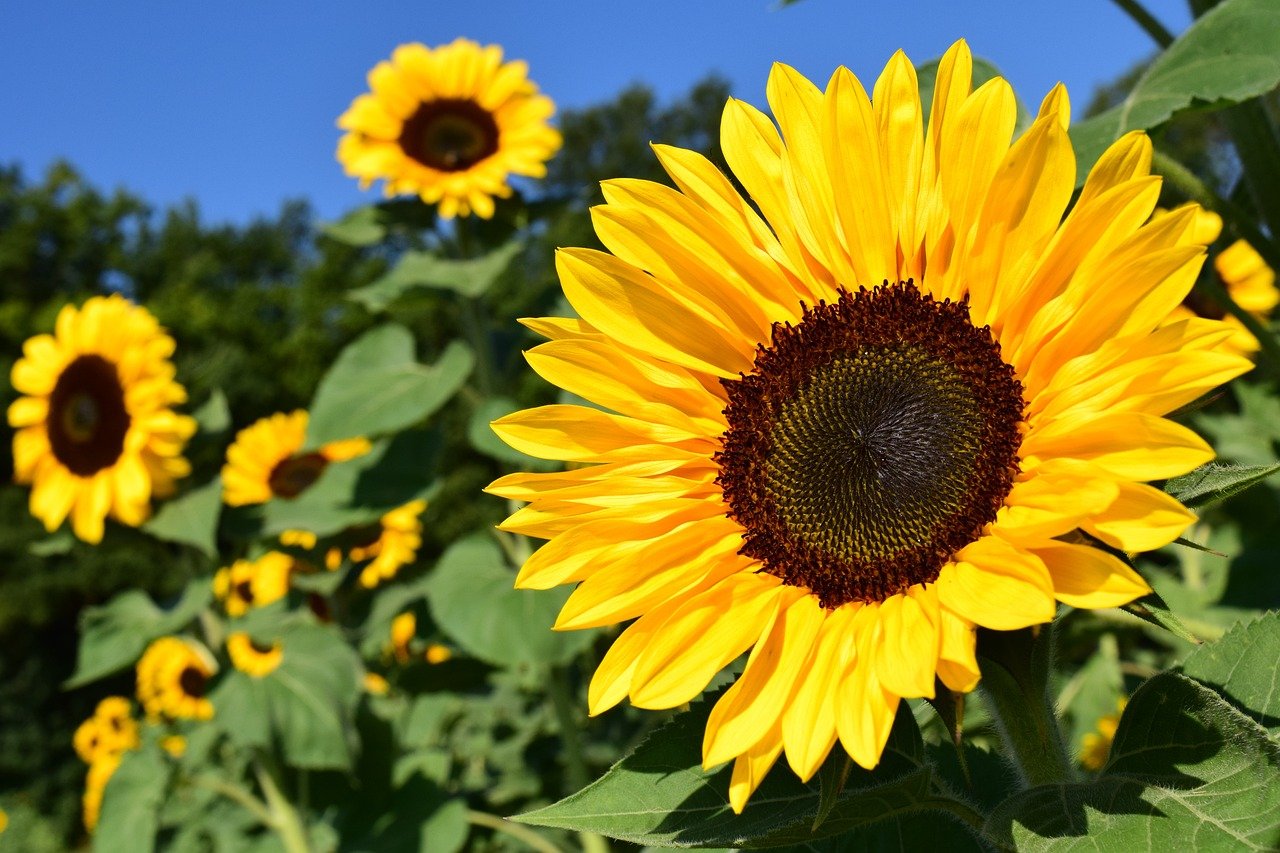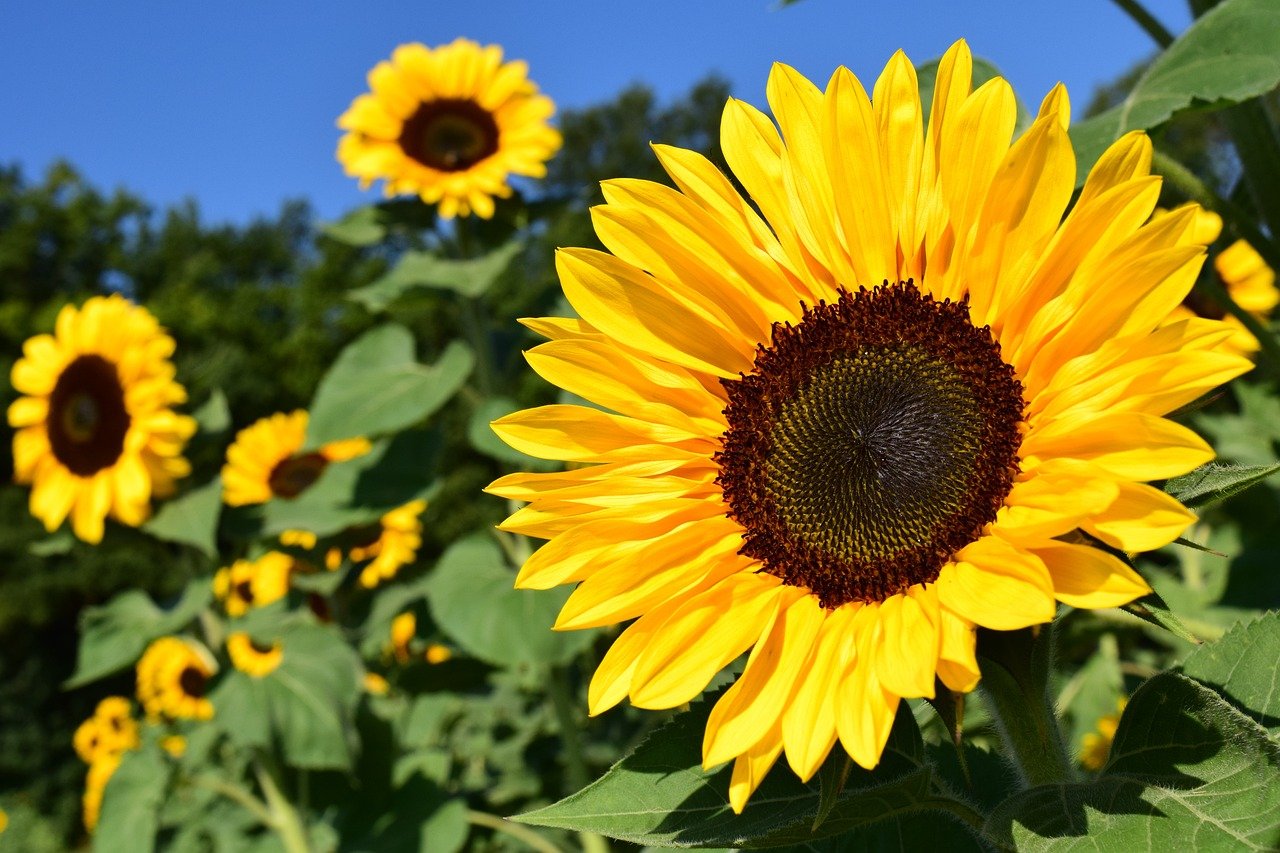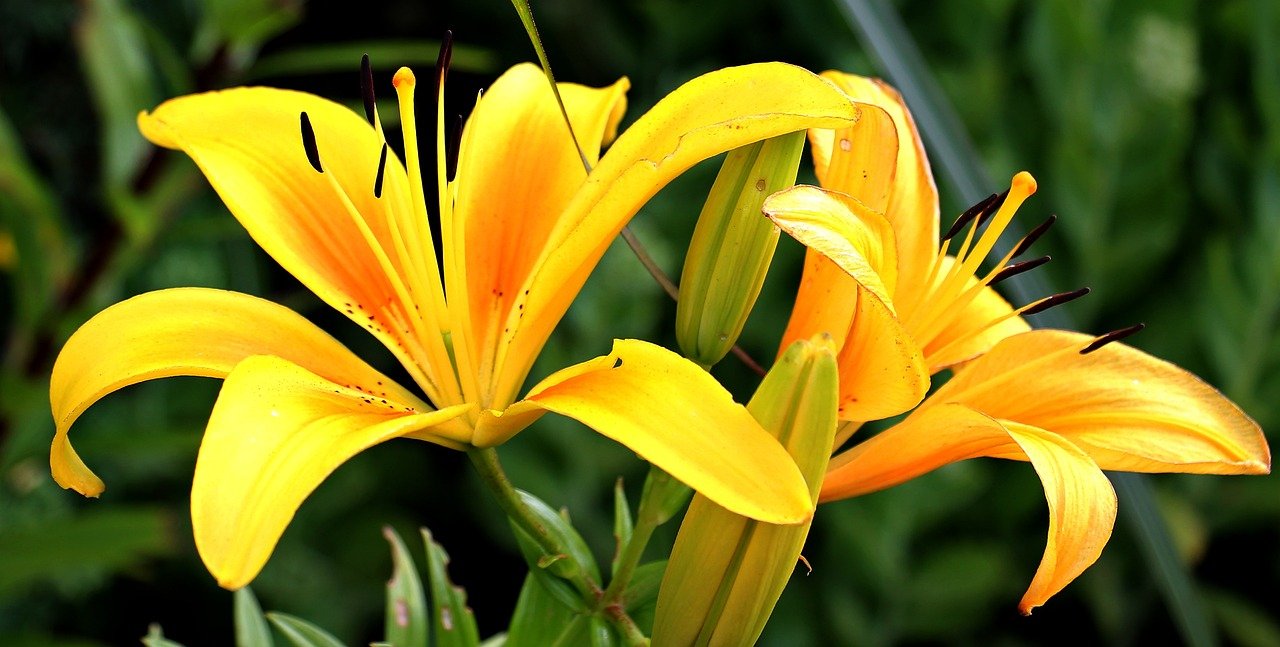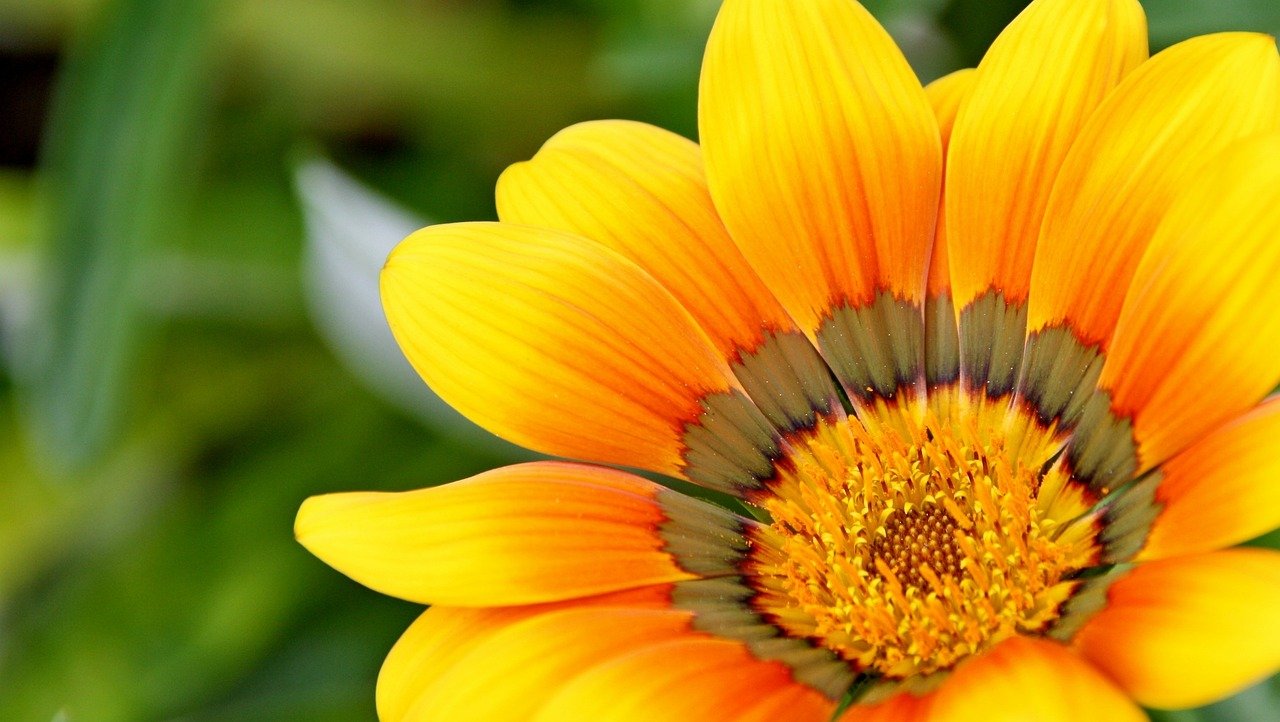
Imagine having your very own greenhouse, filled with vibrant and thriving plants, right in your backyard. With a container greenhouse, you can make this dream a reality. In this article, we’ll guide you through the process of building your own container greenhouse. From choosing the right containers to ensuring proper ventilation, you’ll learn all the necessary steps to create a welcoming and nurturing environment for your plants. Whether you’re a seasoned gardener or a beginner, this article will provide you with the knowledge and inspiration to embark on this exciting DIY project.
Choosing the Right Container
When it comes to building your own container greenhouse, there are a few key considerations to keep in mind. The first is the size and shape of the container. Think about the space you have available and the type of plants you want to grow. A larger container will allow for more plants, but it may also require more materials and maintenance. The shape of the container is also important, as it can affect the air circulation and overall aesthetics of your greenhouse.
Next, consider the material of the container. You have several options here, including wood, metal, and plastic. Wood is a popular choice for its natural appearance, but it may require more maintenance and can be prone to rotting. Metal containers are durable and can withstand harsh weather conditions, but they may conduct heat and require insulation. Plastic containers are lightweight and easy to maintain, but they may not be as sturdy as other materials.
Lastly, think about accessibility. You’ll want to ensure that you can easily access your plants and perform maintenance tasks. Consider the height of the container, as well as any doors or windows that may be needed. Accessibility will make your gardening experience much more enjoyable and convenient.
Creating a Stable Foundation
To build a container greenhouse that will stand the test of time, it’s important to start with a stable foundation. Begin by leveling the ground where the greenhouse will be placed. This will ensure that the container sits evenly and prevents any structural issues down the line.
Next, install a solid base for your greenhouse. This can be made of concrete, wood, or even gravel. The base will provide stability and support, as well as help with drainage. Speaking of drainage, it’s crucial to ensure that your greenhouse has proper drainage. You can achieve this by adding a layer of gravel or installing a drainage system beneath the base. Proper drainage will prevent water buildup and protect your plants from root rot.

Building the Frame
The frame is the backbone of your container greenhouse, so it’s important to choose the right materials and construct it properly. Start by selecting materials that are sturdy and weather-resistant. PVC pipes, metal rods, or even treated lumber can be used to create the frame. Consider the size and weight of your container when determining the strength of the frame.
Measure and cut the materials to the appropriate lengths, ensuring that they fit snugly together. It’s a good idea to label each piece as you go to avoid confusion during construction. Once you have all the pieces ready, secure the frame by using screws, brackets, or other appropriate fasteners. Make sure that the frame is level and square to ensure stability and proper alignment.
Adding Walls and Roof
Choosing the right covering for your container greenhouse is essential for protecting your plants and creating a suitable growing environment. Options include glass, polycarbonate panels, or even greenhouse plastic. Glass is durable and provides excellent light transmission, but it can be heavy and expensive. Polycarbonate panels are lightweight, shatter-resistant, and offer good insulation, but they may discolor over time. Greenhouse plastic is a cost-effective option that provides good insulation and light diffusion, but it may need to be replaced more frequently.
Once you’ve chosen the covering, it’s time to install the walls. This can be done by attaching the chosen material to the frame using appropriate clips or fasteners. Remember to leave space for doors, windows, and vents, as they will play a crucial role in maintaining airflow and temperature control inside the greenhouse.
Securing the roof is the final step in this section. Ensure that it is properly attached to the frame, with no gaps or loose ends. A secure roof will protect your plants from the elements and maintain optimal growing conditions.

Creating Airflow
Proper airflow is vital for the health and productivity of your container greenhouse. Without it, your plants may suffer from poor air circulation, excess humidity, and increased risk of disease. There are several options for providing ventilation, including windows, vents, and fans.
First, consider the placement and size of windows. They should be strategically positioned to promote natural ventilation and allow hot air to escape. Vents or louvers can also be installed to control airflow and temperature. These can be manually or automatically operated, depending on your preference and budget. In addition, consider installing fans to improve air circulation. Fans help distribute heat, prevent stagnation, and reduce the risk of mold and mildew.
Monitoring temperature and humidity levels is also crucial. Invest in a thermometer and hygrometer to keep track of these variables. Adjust the ventilation as necessary to maintain optimal conditions for your plants.
Providing Adequate Lighting
Lighting is a key factor in successful greenhouse gardening. When choosing lighting fixtures, consider the type of plants you’ll be growing and their specific light requirements. LED grow lights are popular due to their energy efficiency and customizable spectra. High-intensity discharge (HID) lights are also effective, particularly for larger greenhouse setups. Whichever lighting option you choose, make sure it provides the right intensity and spectrum for your plants’ needs.
Determining the light intensity is crucial for plant growth and development. Different types of plants have varying light requirements, so be sure to research the specific needs of your chosen crops. Install light meters or use smartphone apps to measure the light intensity inside your greenhouse. Make adjustments as necessary by changing the position or intensity of the lights.
Setting up timers for your lighting system is also beneficial. Timers ensure consistent and controlled lighting, which is particularly important if you don’t have direct access to natural sunlight. Program the timers based on the specific light requirements of your plants, and adjust them as the seasons change.

Setting Up Irrigation System
Watering your plants is essential, but manually taking care of this task can be time-consuming and inconsistent. Setting up an irrigation system in your container greenhouse can make the process much more efficient and ensure that your plants receive the right amount of water.
When selecting the irrigation method, consider factors such as water efficiency, plant needs, and ease of use. Drip irrigation systems are popular for container greenhouses, as they provide precise and efficient watering. You can install hoses or drip lines that deliver water directly to the plants’ roots, minimizing waste and reducing the risk of overwatering.
Ensure proper installation of the irrigation system, making sure all connections are secure and functioning correctly. Monitor the water needs of your plants closely and make adjustments as necessary. Regularly check for leaks or clogs to prevent water wastage and ensure optimal plant health.
Insulating the Container Greenhouse
Insulation plays a critical role in maintaining a stable growing environment inside your container greenhouse. It helps regulate temperature, minimizes heat loss, and reduces energy costs. When choosing insulation materials, consider factors such as effectiveness, durability, and cost.
Common insulation materials include polystyrene foam, bubble wrap, or fiberglass. Polystyrene foam boards provide excellent thermal insulation and are easy to install. Bubble wrap can be used as an economical temporary solution, but it may need to be replaced over time. Fiberglass insulation is effective and readily available, but it requires careful handling due to its potential health risks.
Add insulation to the walls and roof of your container greenhouse. This can be done by attaching the chosen insulation material to the interior surface using adhesive or staples. Ensure that there are no gaps or areas where heat can escape. Minimizing heat loss will help maintain a stable and comfortable environment for your plants throughout the year.
Adding Shelving and Storage
Utilizing space efficiently is crucial in a container greenhouse. Adding shelving and storage units will help optimize your growing area and keep your gardening tools and supplies organized. When selecting shelves, consider their weight-bearing capacity, material durability, and resistance to moisture.
Ensure stability and organization by securing shelves firmly to the walls or frame of your greenhouse. Use brackets or supports that are appropriate for the weight of the items they will hold. Consider utilizing vertical space by adding hanging baskets or hooks for small tools. This will free up valuable floor space for plant growth.
Keep in mind that accessibility is essential when planning shelving and storage. Ensure that you can easily reach your plants and have easy access to your gardening supplies whenever needed.
Maintaining and Caring for the Greenhouse
Once your container greenhouse is up and running, maintenance and care are key to ensuring healthy plant growth. Proper watering and fertilizing are crucial for plant health and productivity. Monitor each plant’s water needs and adjust your irrigation system accordingly. Fertilize regularly using organic or commercial fertilizers, following the specific requirements of the plants you are growing.
Pest control measures should also be implemented to protect your plants from damaging insects or diseases. Regularly inspect your plants for signs of pests or diseases and take appropriate action. This may include using organic pest control methods or using insecticides as a last resort.
Regular cleaning and maintenance of your greenhouse will help prevent the buildup of pests, diseases, or debris. Sweep the greenhouse floor regularly and clean any spilled soil or plant matter. Check for any damaged parts, such as cracks or broken glass, and repair or replace them promptly. Regularly inspect for and fix any leaks or malfunctions in your irrigation system.
By following these maintenance practices, you can enjoy a healthy and flourishing container greenhouse all year round.





